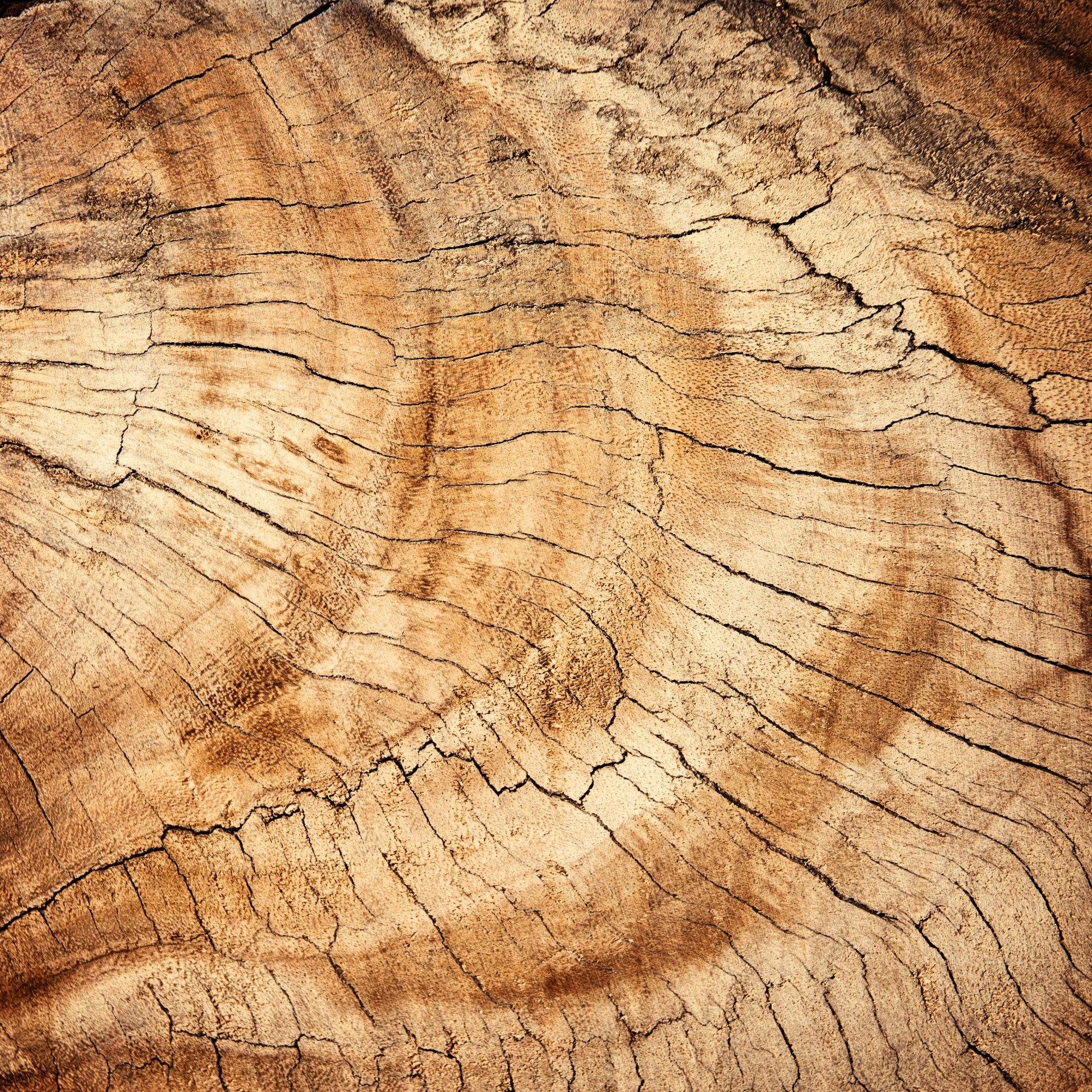Discover hardwood screening: For years, hardwoods have been celebrated as the material of choice for screening because of their strength, versatility and natural beauty in construction. These are qualities that are magnified with exterior screenings, which makes hardwoods the choice for many who want a functional and aesthetically pleasing outdoor space.
In our latest article, we deep dive into the journey of a range of hardwoods to highlight the selection, treatment and installation processes. We’re also going to examine the environmental implications of sourcing these hardwoods. The nod they give to being eco-friendly and the latest trends in architectural utilisation.
Functionality and Aesthetic Appeal
Most people who are shopping for new screens choose hardwoods for their robustness and resistance to wear and tear. It looks good and it functions the way it’s supposed to, which is essential when it comes to screening exposed to the elements. Hardwoods such as teak, cedar and iroko, for example, are well known for their durability and resistance to decay and insect infestation. This level of strength ensures that hardwood screens not only provide shade and privacy. However maintain their structure over time. Which is necessary for those who don’t want to keep replacing their screens over the years.
When it comes to aesthetics, hardwoods offer much more than you think. There is a diverse palette on offer: colours, different grains and textures that complement any design scheme. You name it and hardwoods can offer it. Teak, for example, has a golden brown hue that oozes warmth and sophistication. The impression you get when you choose the hardwood for your screening matters. Cedar, on the other hand, is known for being a reddish wood with a finer grain, which offers that rustic charm that people are looking for. African teak (Iroko), has a varied grain pattern with a touch of the exotic to any exterior screening design.
From Forest to Screen
Hardwoods that are chosen to be used for screening go through a meticulous selection, treatment and installation process. The hardwood species is chosen for its suitability to the intended application and the conditions in the environment. Harvesting these trees is done responsibly, which is crucial to ensure forest sustainability and biodiversity preservation.
When the wood has been harvested from the forests, the logs undergo a seasoning and treatment process. This works to enhance their durability and resistance to environmental factors. Logs are seasoned through a process of kiln drying. Which reduces the moisture content of the wood significantly and minimises the risks of warping and splitting. Logs are then treated with oiling or staining. This offers additional protection against UV rays, excessive moisture and pests. This makes the hardwoods you choose for your exterior screens last a lot longer.
Installing hardwood screening requires precision and expertise, which is why it’s always important to bring in the experts to do this for you. You want to ensure that hardwood screening is installed with the proper spacing, alignment and security to be as sturdy and aesthetically pleasing as possible. Hardwood screening is designed to withstand the test of time, the weather and any pressures from the outside.
Sourcing: Environmental Implications
While hardwood screening has many qualities, it’s not a good idea to overlook the implications sourcing it has on the environment. It’s smart to ensure that you are sourcing from forests that offer sustainable practices: this is paramount to minimising the ecological footprint of hardwood extraction. This means finding a company that adheres to responsible logging practices, reforestation efforts and certification by organisations such as the Forest Stewardship Council (FSC) and the Programme for the Endorsement of Forest Certification (PEFC).
As hardwoods are renewable in nature, their eco-friendly credentials are bolstered. They also offer low energy consumption in their processing when compared to synthetic screening materials. Hardwood screens also contribute to the reduction in the urban heat island effect. It does this by providing natural shade and cooling which then reduces that reliance on artificial cooling systems.
Given that trees absorb carbon dioxide during their growth, using hardwood in construction helps to lock the carbon away for however long the product lives. This contributes to a reduction in greenhouse gases and aligns with broader sustainability goals.
Latest Trends in Architectural Utilisation
Using hardwood for screening has evolved massively over the years, with innovative designs and sustainable practices moving to the centre stage. One of the biggest architectural trends is the use of mixed-species hardwoods. However that doesn’t just add visual interest but shows off the characteristics brought forward by different woods. When species like teak and iroko or cedar and jarrah are combined. The result is a striking contrast and pattern that elevates the aesthetic appeal of outdoor space.
We’re seeing vertical screening designs gain popularity. Which offers a modern twist on the traditional horizontal hardwood screenings. Vertical slats create that illusion of spaciousness and height. This makes them ideal for compact patios and urban gardens.
Another architectural trend that’s worth noting is the trend of integrating hardwood screening into green roofs and living room walls. This does more than just enhance the visual appeal of the outdoor spaces. Also improving air quality and biodiversity. Hardwood and greenery create a natural harmony which creates a more inviting atmosphere, which is perfect for relaxation and social gatherings.
Sustainable Practices and Contemporary Outdoor Design
At the core of contemporary outdoor design is sustainability. There is an increasing emphasis on environmentally responsible materials and construction methods. The use of recycled and reclaimed hardwood backs this up. Also reclaimed hardwoods that are sourced from barns, buildings and industrial sites offer character and history while reducing the demand for newly harvested wood. This preserves resources while adding authenticity to exterior designs.
There is another trend towards prefabricated hardwood screening systems and modular systems. These allow for precision and efficiency in construction, minimising waste and labour on-site. These prefabricated panels can be easily customised and assembled, which offers an easy and versatile solution while maintaining high quality standards.


